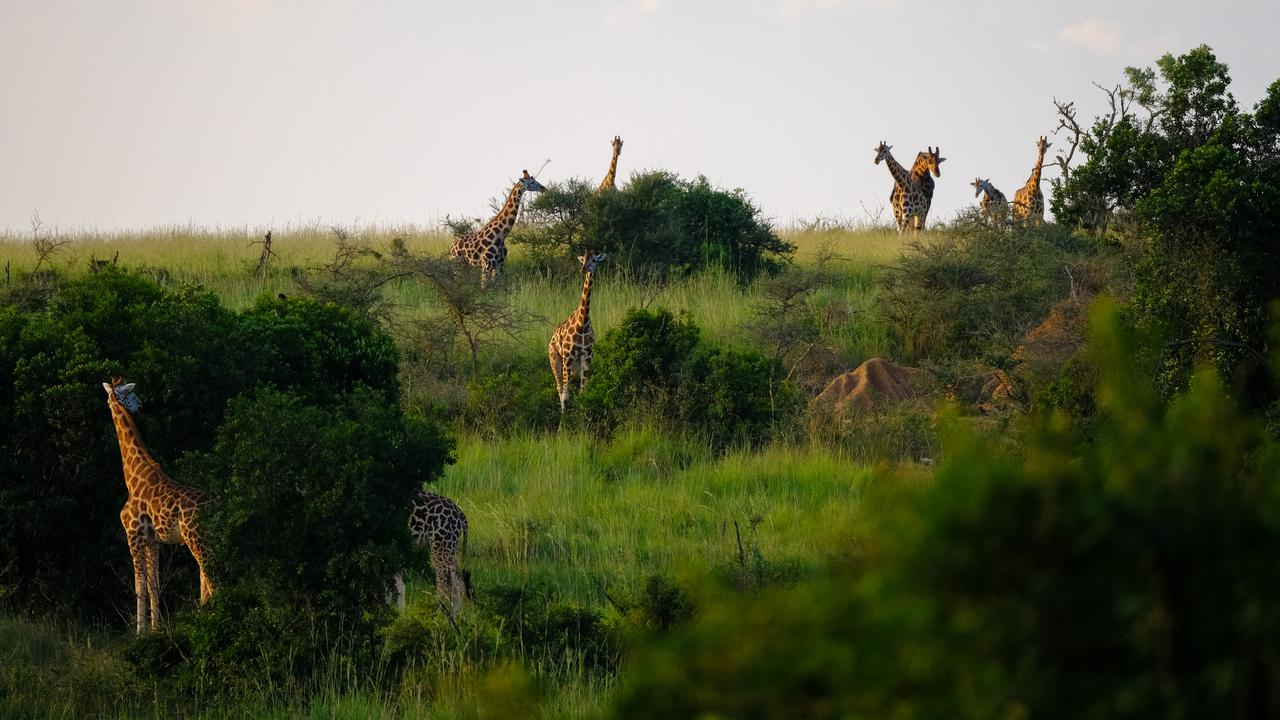About the scientific study
Bernardo-Madrid R, González-Suárez M, Rueda M, Revilla E, Rosvall M, Carrete M, et al. A general rule on the organization of biodiversity on Earth’s biogeographical regions. Nature Ecology & Evolution. 2025. DOI: 10.1038/s41559-025-02724-5




